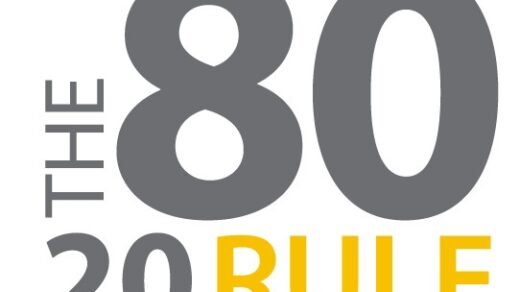
To successfully raise funds, you must adhere to three principals. I wrote one of my very first posts about that here. I reinforced these three principals so much when I was fundraising for churches, I jokingly referred to them as the Holy Trinity of Fundraising. For the rest of the world, I would suggest that it is like a three-legged stool — all three legs must be sturdy, otherwise the stool will fall over and collapse.
We need these three principals for any successful fundraising campaign — whether it is a capital campaign, a direct mail piece, or a special event. The concepts are universal and without all three being strong, your venture will surely fail.
Raise Funds With a Case
The first principle is that of a case. What are you raising the money for? This is where the good fundraiser weaves a great story about the problem that exists today (Point A) and takes the reader on a journey to where that problem no longer exists (Point B). To get from Point A to Point B, you need money. But, the case is not about the money. It is about getting to Point B and how life will be better at Point B. The money is just a tool. You need a sense of urgency as well — why are you conducting this campaign now?
Raise Funds With Prospects
The second principle is that of prospects. You need to identify who is most likely to support your cause. This could be your mailing list, Foundations that support like-minded causes, or businesses that are connected to you. The prospects, however, may not be the audience that you serve. Think of a women’s shelter, for example. Their clients are not the best prospects for support for that type of organization. But some charities have great fundraising relationships with their clients, like a symphony, for example. I wrote about what makes a good prospect here.
Raise Funds With Leadership
The last principle is leadership. Jim Collins, the author of Good to Great, speaks about getting the right people on the bus. You implement this in the paid personnel and the volunteer or lay committees. Some fundraising initiatives will have a direct link to lay leadership, like a capital campaign, where there is a cabinet that solicits gifts of support. Still other initiatives will have an indirect link to lay leadership and will be staff-driven, like Direct Mail (NOTE: you don’t want to write a direct mail piece by committee!) With Direct Mail, the leadership comes from the internal staff (mainly) and success results from a belief in the organization’s Board (lay leadership). I will take this a step further and say that the leadership must be an active leadership as well.
Conclusion
Each of these principals is necessary in order to succeed. And each of them prop up the three-legged stool (your campaign) and are integral to each other. In my close-to-thirty years of fundraising, I have never seen a successful campaign without these three principals present. That could be why campaign planning takes so much time — it is a lot of effort to get these three pillars in place and stable.
Until next week.
L’chaim,
jack




